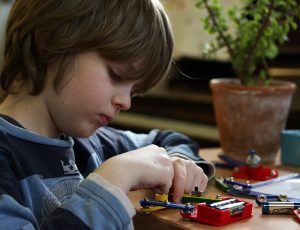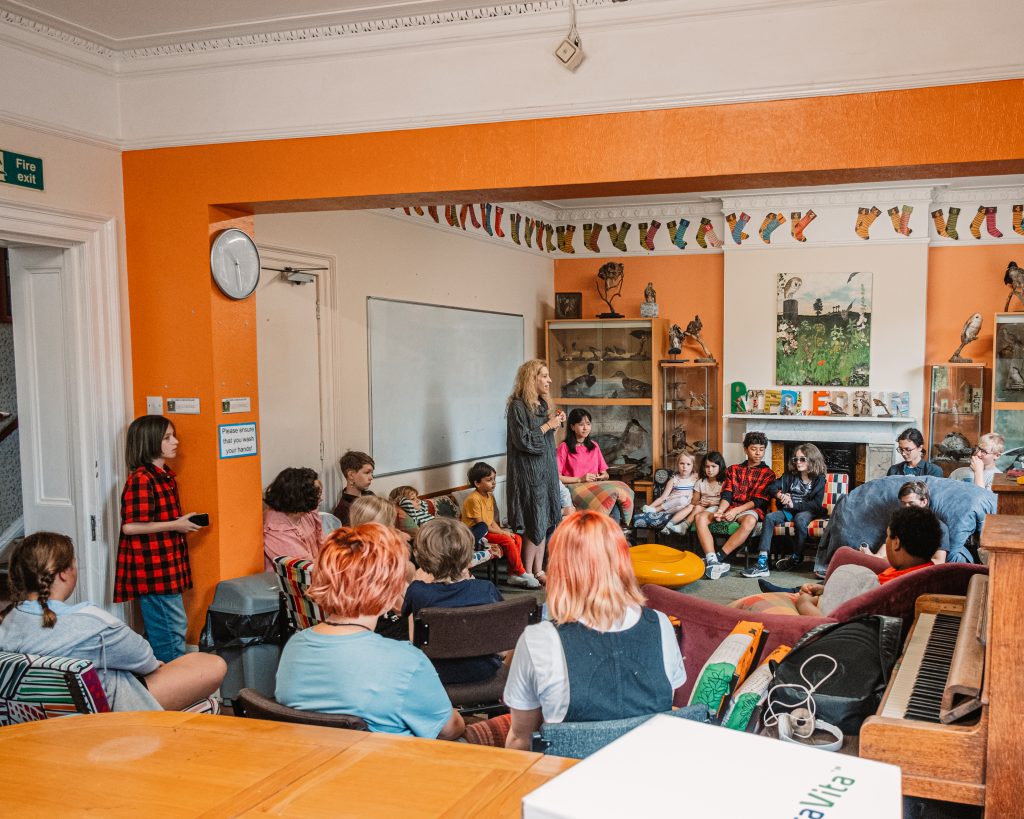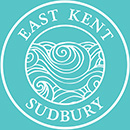The fundamental principle underlying the Sudbury model is Aristole’s classic statement “all human beings are naturally curious about things”.1 Our setting therefore will not be a place to arouse dormant curiosity or generate interest in things we value but to unleash the curiosity already present, freeing students to follow their interests and to satisfy their own thirst for knowledge.
What is Self-Directed Education?
To understand how self-directed learning works we first need to broaden our idea of education. For the most part our culture equates education with schooling, we think of not what a child learns but what they are taught and education is something that is done to them rather than something that happens within them.
Any real discussion of the value of education requires us to think much more broadly than traditional schooling. We prefer this definition of education presented by the Alliance of Self-Directed Education:
Education is the sum of everything a person learns that enables that person to live a meaningful and satisfying life.2

Self-Directed Education empowers children to take charge of their own learning, to take responsibility for preparing themselves for their lives as adults. All children are driven to grow up and to become competent in the activities they see adults performing every day. Their instincts drive them to observe, imitate, practice and learn. Evolutionary psychologists such as Peter Gray have looked at how children become successful and productive adults throughout human history and have concluded that we have biologically evolved all the instincts necessary to educate ourselves with the skills needed for success in our given culture. That drives such as creativity, curiosity, playfulness and sociability, the very attributes we think of as most characteristically childlike, have evolved for the primary purpose of education. 3
We all know this to be true; we witness it with preschool children every day as our babies strive towards independent walking and a mastery of language. The concept of walking or talking lessons for babies would be ludicrous and yet our culture of mass formalised schooling proposes that without instruction children would not learn essential skills such as literacy and numeracy. This proposition fails to explain how literacy and numeracy spread through the population gaining in numbers prior to the introduction of mass education.4 Recent studies show that when given the opportunity children acquire these essential skills without instruction, in fact often with a far greater understanding of the subject than when given formal tuition.5

We trust that not only will our students learn these essential basics but that by directing their own education they learn a host of other vital skills for life in 21st century Britain. Employers are increasingly complaining that new graduates are not equipped for the workplace and that they lack essential skills such as communication, problem-solving, critical thinking and ownership.6 These are precisely the skills that a self-directed education equips you with.
When studies have looked at the lives of adults whose education was self-directed and compared what they played at as children with their adult lives there was a remarkable resemblance between their childhood interests and eventual career paths. Children naturally educate themselves in the skills they need for their unique lives and our setting will provide the ideal setting for this to happen.7
What does it look like in practice?
“Every day we had challenges to meet, and a group of us would be working on them at the same time. We picked hard things to do most of the time. At Sudbury Valley there were always older kids who had done things that the younger group was trying to get to. You automatically wanted to be one of the people who could do it too, so you kept trying until you could do it.”
Taken from The Kingdom of Childhood: Growing Up at Sudbury Valley School,
1994, Mimsy Sadofsky and Daniel Greenberg, page 7
Walking about East Kent Sudbury you’ll find a wide range of activities taking place, though it won’t look like typical ‘school-like’ activity. Groups of younger children may be role-playing outside with natural materials or perhaps creating their own environment inside by rearranging furniture. Others may be playing a video game like Minecraft together, talking, assisting and critiquing each other. A few may be drawing or working on an art project. Someone somewhere will probably be reading or writing something. Some older students may be engaged in a lesson they’ve requested or a staff member may be informally helping with another project. Somewhere music will probably be being played and listened to and you’ll always find groups of people of all ages hanging out and talking. Throughout the day students move seamlessly from one activity to another in a very natural flow, doing whatever they need to at that moment in time.

“We had the freedom to move around and do what we wanted. There would be places where you could set up your own activities, or you could be a part of somebody else’s activities. There was always a sense that you could do what you wanted to do and you could be who you wanted to be.”
Taken from The Kingdom of Childhood: Growing Up at Sudbury Valley School,
1994, Mimsy Sadofsky and Daniel Greenberg, page 42
How is a democratic school run?
We believe it is important for children to grow into engaged, responsible citizens, who value and understand the meaning and structure of our democratic society and feel empowered to enact change when they see fit. As such our setting is governed by direct democracy, meaning that each community member has direct say and an equal vote on all issues affecting the community.

The community is managed by the Community Meeting where issues are debated and voted upon including rules and policies, budget, facilities and even the hiring of staff. This ensures that the community exists in peace and that the facilities are maintained for everyone’s continued use. Any member of the community can bring issues or proposals to the meeting for discussion and to be voted on; examples might be planning a field trip, organising a group show, purchasing new equipment or discussing where all the pens keep disappearing to. By giving each member of the community a voice and vote everyone is respected and treated equally and fairly. Students are trusted to make decisions for the benefit of themselves and the whole community, experience from other democratic education settings and schools shows us that when given this responsibility students more than live up to the challenge.
When rules are broken or conflicts occur, as they do in any community, a complaint is sent to the Judicial Committee (JC). In its search for truth and justice, members of the JC wrestle with complex moral problems; how did the rule break affect others, whose rights were infringed upon? Through this process, everyone’s views are heard and students learn to see issues from others’ perspectives; to think of the good of the community as well as their own interests. It is enormously powerful when your peers, the people you like and respect, say to you “we like you but you can’t behave like that here”.
- Aristotle, Metaphysics, Book 1
- self-directed.org/sde/
- Peter Gray, Free to Learn, 2013, Basic Books
- https://medium.com/fee-org/the-devastating-rise-of-mass-schooling-kerry-mcdonald-4efddf47a655
- https://www.psychologytoday.com/blog/freedom-learn/201003/when-less-is-more-the-case-teaching-less-math-in-school
- https://www.huffingtonpost.com/charles-fadel/skilled-for-success-raisi_b_787394.html
- Peter Gray, Free to Learn, 2013, Basic Books, page 104. Peter Gray, A Survey of Grown Unschoolers I: Overview of Findings: https://www.psychologytoday.com/blog/freedom-learn/201406/survey-grown-unschoolers-i-overview-findings
